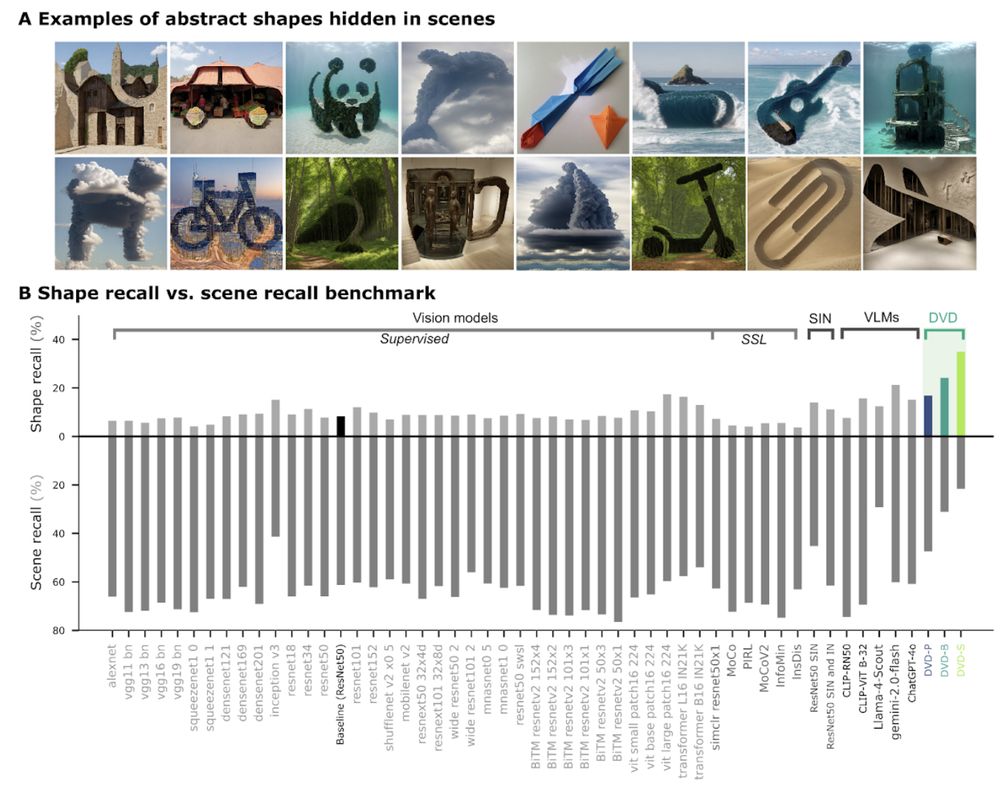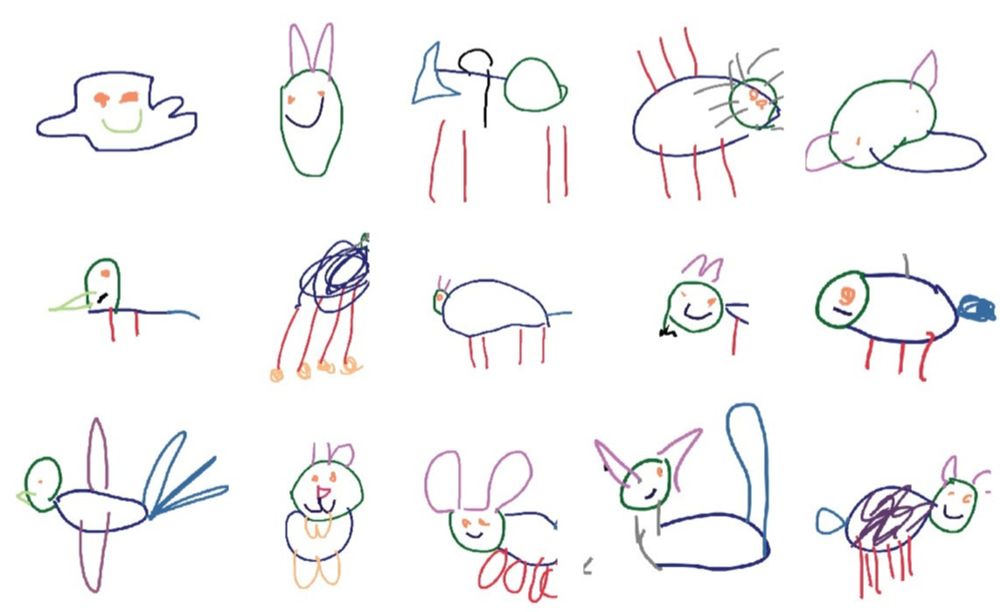Sushrut Thorat
@sushrutthorat.bsky.social
1.1K followers
190 following
240 posts
Recurrent computations and lifelong learning.
Postdoc at IKW-UOS@DE with @timkietzmann.bsky.social
Prev. Donders@NL, CIMeC@IT, IIT-B@IN
Posts
Media
Videos
Starter Packs









